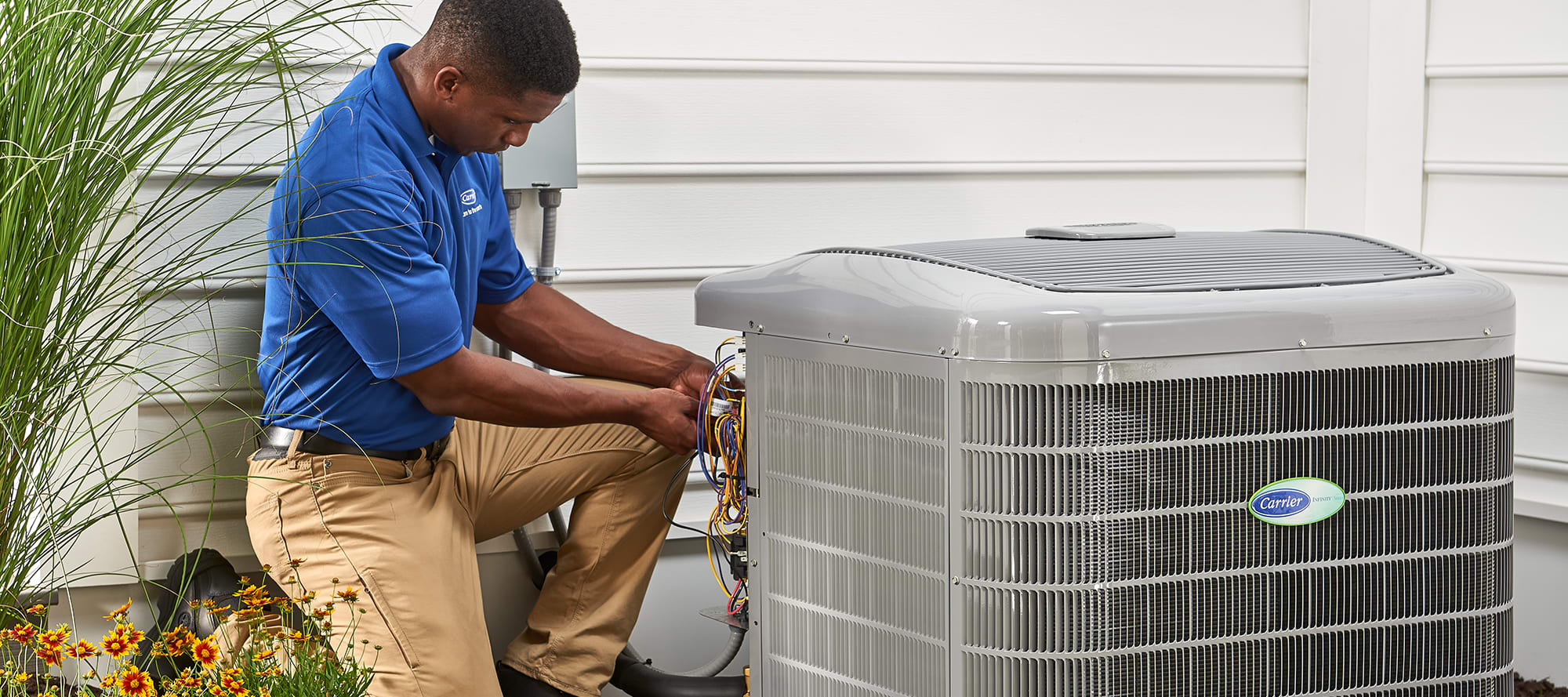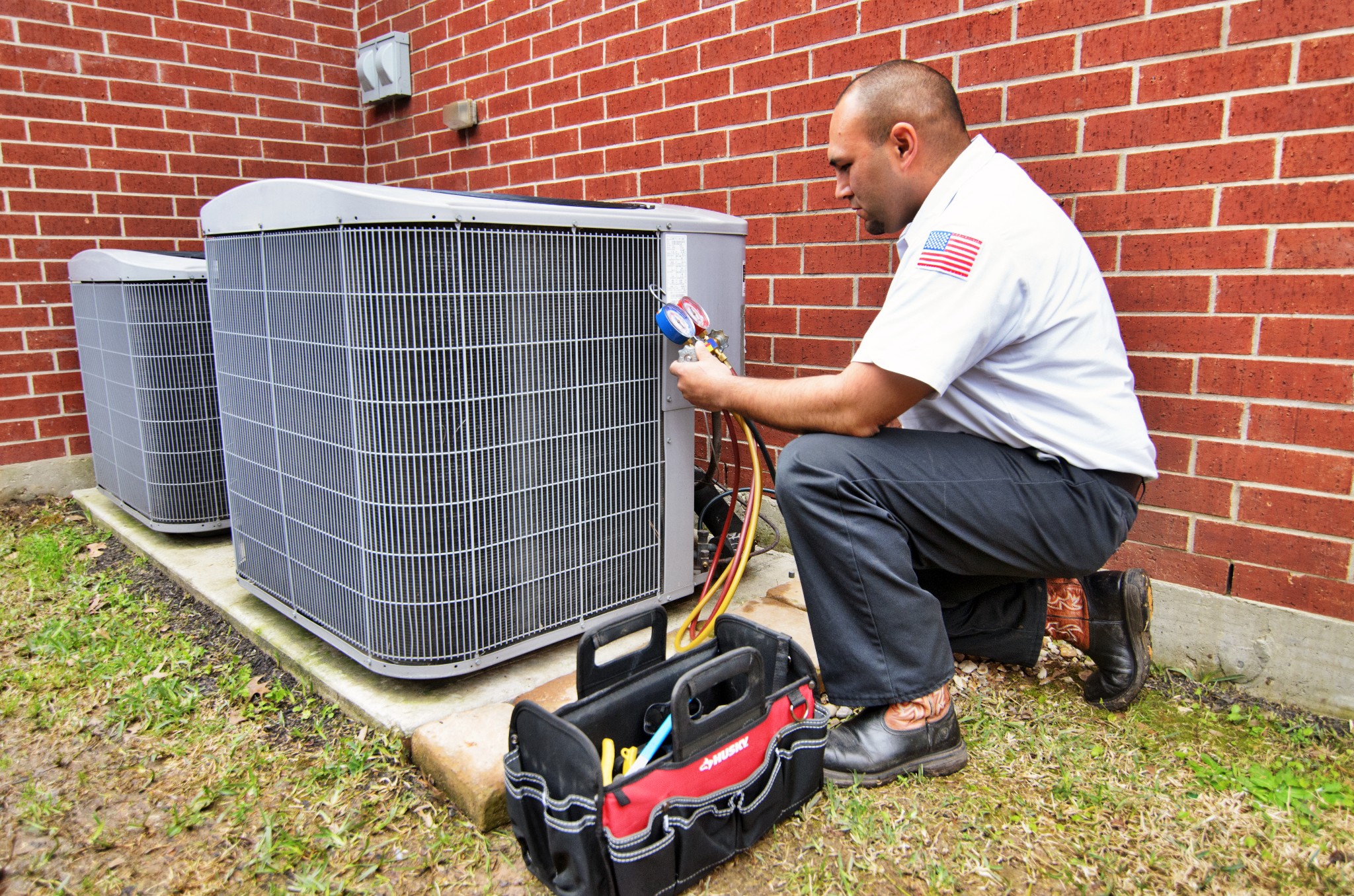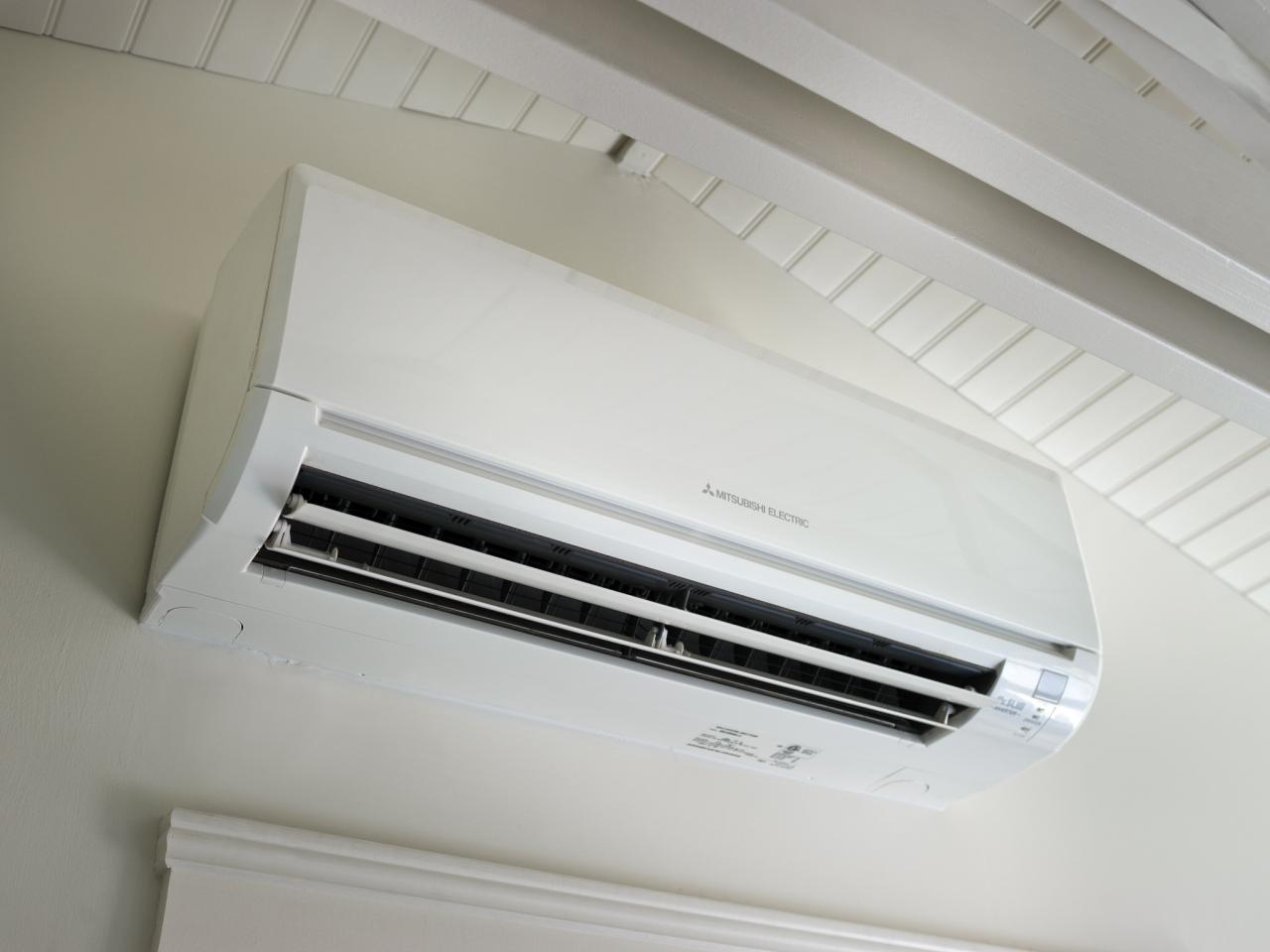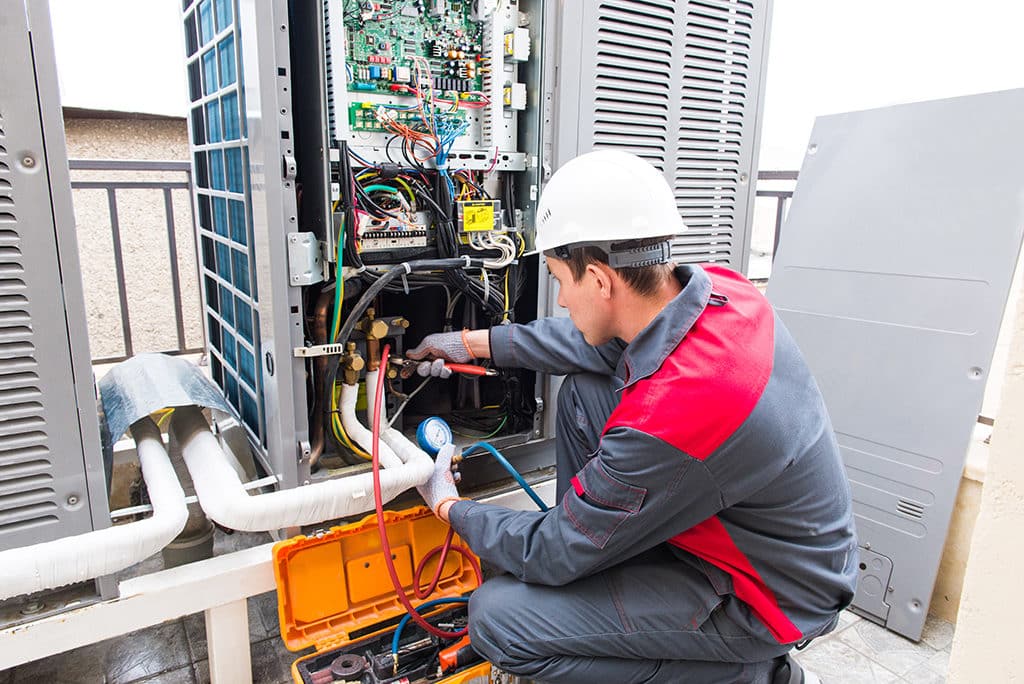If you have actually ever before discovered yourself in a space where the cooling simply couldn't seem to keep up with the summer heat, you may take advantage of evaluating your area.
Guaranteeing your air conditioning system is correctly sized and set up requires attention to key measurements such as room dimension, window and door measurements, ceiling height, insulation top quality, and airflow patterns. By comprehending these elements, you can optimize your air conditioning system's efficiency and performance.
But how precisely do these dimensions impact your a/c setup?
Key Takeaways
- Accurately gauge room dimensions for proper system ability and air movement optimization.
- Choose energy-efficient windows and doors to boost insulation and reduce warm transfer.
- Make sure excellent air vent positioning and unblocked air flow for reliable cooling circulation.
- Update insulation to enhance thermal resistance, seal spaces, and enhance general system performance.
Space Size Dimensions
When determining room size for a/c setup, make sure you precisely evaluate the dimensions to figure out the ideal device capacity. Begin by considering furniture positioning within the area. Furnishings can block air flow if put too near to vents or the cooling device. To guarantee maximum air conditioning effectiveness, prepare your furniture in a manner that promotes correct airflow throughout the space.
Furthermore, take into account the space's design and size when preparing for air circulation. Proper air circulation is crucial for keeping a consistent temperature throughout the room. Bear in mind any kind of barriers that can disrupt the flow of air, such as drapes obstructing vents or big pieces of furnishings obstructing air movement. By ensuring appropriate space for air to flow easily, you can optimize the effectiveness of your air conditioning unit and produce a comfortable environment in your house. https://kentishtownacinstallation.co.uk
Doors And Window Dimensions
To assure correct cooling installment, evaluate the measurements of windows and doors in the space to maximize air movement and cooling effectiveness. When evaluating window and door dimensions, take into consideration the following:
- Framework Compatibility: Make sure that the cooling device you pick is compatible with the frameworks of your doors and windows. Inappropriate fit can lead to air leaks and reduced energy performance.
- Installation: Consider the setup procedure when selecting an a/c device. Some devices might call for details home window measurements or extra alterations for appropriate installment.
- Product Selection: Select doors and windows made from products that give good insulation to improve energy performance. Correctly shielded windows and doors can aid keep a consistent temperature level in the area.
- Energy Effectiveness: Select energy-efficient doors and windows to lower warm transfer and improve the total efficiency of your air conditioning system. Energy-efficient materials can enhance the air conditioning capabilities of your space while decreasing power costs.
Ceiling Elevation Analysis
Assessing the height of your ceiling is critical for identifying the very best placement of air conditioning vents for efficient cooling distribution. When assessing your ceiling height, make sure to think about the clearance needed for both the ductwork and the a/c vents. Ample ceiling clearance warranties that the ductwork can be set up effectively with no blockages, allowing for ideal air flow throughout the room.
In addition, appropriate clearance over the vents ensures that the cooled air can circulate easily with no limitations, leading to even more even cooling in the space.
When intending the placement of ductwork, think about the height of your ceiling to prevent any type of problems with installation or performance. Correctly located ductwork can assist take full advantage of the efficiency of your cooling system and make sure that each area obtains enough cooling.

Insulation Analysis
Analyze the insulation quality to maximize the effectiveness of your air conditioning system. Proper insulation plays an essential role in maintaining a comfortable interior setting while making best use of power effectiveness. Right here are four bottom lines to examine when examining the insulation in your area:
- Thermal Resistance: Inspect the R-value of your current insulation to make certain it meets the recommended criteria for your region. Higher thermal resistance shows better insulation high quality, which aids in decreasing warmth transfer and maintaining a regular temperature level.
- Insulation Positioning: Examine the positioning of insulation throughout your room, concentrating on areas such as wall surfaces, ceilings, and floors. Effectively set up insulation avoids energy wastage by decreasing heat exchange with the surrounding environment.

- Securing Voids: Recognize and secure any gaps or splits in the insulation to prevent air leak. Effectively secured insulation enhances power efficiency by maintaining closed obstacles that stop conditioned air from leaving.
- Updating Insulation: Consider updating your insulation to more recent, more energy-efficient materials. Updating can improve thermal resistance, decrease power intake, and boost the general performance of your air conditioning system.
Air flow Analysis
Examining the air movement within your room is necessary for ensuring peak efficiency of your a/c system. Correct air flow circulation is necessary to keep regular temperature levels throughout the area. When analyzing air movement, consider the ventilation needs of each room to ensure appropriate air flow.
To evaluate air flow distribution, start by looking for any kind of obstructions such as furnishings blocking vents or debris obstructing air ducts. Poor air flow can lead to ineffective air conditioning and home heating, leading to pain and increased power costs. It's important to resolve any kind of issues promptly to maximize the performance of your air conditioning system.
In addition, comprehending the ventilation demands of various areas in your home or workplace is vital to keeping air quality and comfort degrees. Appropriate ventilation assists get rid of stagnant air, odors, and toxins while bringing in fresh exterior air. By examining air movement and air flow demands, you can develop a much more comfortable and healthy indoor setting for everyone.
Regularly Asked Questions
Exactly How Can I Determine the most effective Location for My A/c Unit Within the Space?
When figuring out the very best area for your AC unit in a space, take into consideration the air conditioning capacity and air blood circulation. Keep the system far from barriers that might block air flow and location it centrally in the room to ensure also cooling.
Perfect positioning helps distribute amazing air effectively, maximizing the unit's efficiency. Appropriate positioning can make a substantial distinction in exactly how properly your ac unit cools down the space.
Are There Any Type Of Details Variables to Take Into Consideration When Setting Up an Air Conditioning System in a Multi-Level Building?
When mounting an a/c system in a multi-level structure, think about variables like energy efficiency, cooling down capability, placement, and availability.
Make certain the device is strategically placed to cool down numerous degrees successfully. Select a location that allows easy access for repair and maintenance.
Furthermore, examine the air conditioning ability to make certain it can appropriately cool the entire building. These factors to consider will help maximize the performance of your air conditioning system in a multi-level setting.
What Is the Ideal Range In Between the A/c Device and Any Type Of Heat-Producing Devices in the Area?

When placing your cooling unit, ensure correct air flow distance from heat-producing appliances in the area. This aids with warmth dispersion and prevents the AC from functioning tougher to cool down the area.
Aim for an optimal range of at the very least 3 feet between the air conditioner device and any type of warmth resources like stoves or lamps. Keeping this splitting up will optimize the effectiveness of your cooling system and extend its life-span.
Are There Any Type Of Potential Hazards That I Should Understand When Installing a Cooling System in a Small or Enclosed Space?
When mounting an a/c device in a tiny or enclosed area, bear in mind potential hazards. Ensure to address air flow issues to avoid air quality problems. Take safety precautions seriously, particularly with limited room restraints.
Be aware of installation challenges like correct placement for finest performance. Prioritize safety and security and make certain your space is well-ventilated to prevent any risks related to setting up a cooling system in a constrained location.
How Can I Guarantee Proper Ventilation for My Cooling Unit to Run Efficiently in a Space With Limited Air Flow?
To enhance air flow for your air conditioning unit in a space with minimal air movement, assurance correct ventilation by keeping vents clear and unblocked.
Frequently tidy or change air filters to keep performance.

Think about making use of a fan to help circulate air and prevent stationary pockets.
Position the unit in a location where air can stream freely, staying clear of cramped spaces.
These actions will certainly aid your a/c run effectively and cool the room properly.
Final thought
Now that you have taken vital measurements for your a/c installment, you're one action closer to guaranteeing peak air conditioning effectiveness in your room.
By accurately evaluating area dimension, doors and window measurements, ceiling height, insulation, and air movement, you can make educated decisions on the most effective air conditioning system for your requirements.
Bear in mind, appropriate measurements are necessary for an effective and effective a/c installation.
